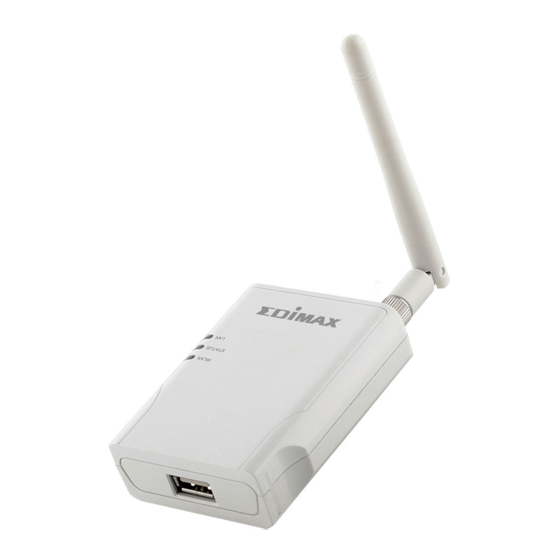
Edimax PS-1208UWg User Manual
802.11g wireless lan mfp server
Hide thumbs
Also See for PS-1208UWg:
- User manual (159 pages) ,
- Manual (159 pages) ,
- Quick installation manual (31 pages)








Need help?
Do you have a question about the PS-1208UWg and is the answer not in the manual?
Questions and answers